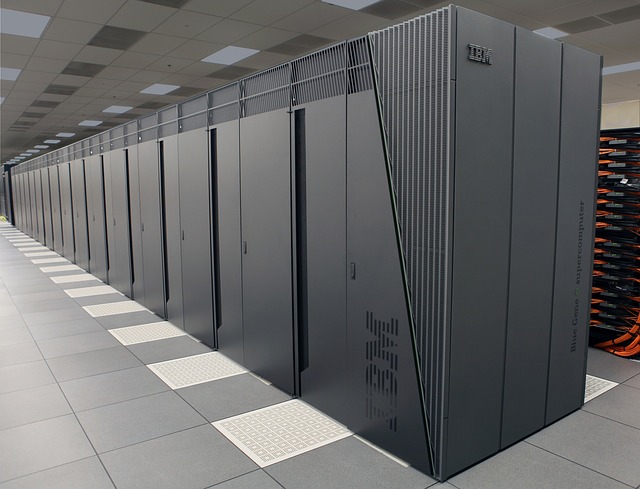Model Name : Transformational Change Strategy
Creator : Barry Sugarman
Year : 1991
Purpose : Business Strategy | Leadership challenges | organizational change | transformational change
The world of business is unpredictable, and with the changing global markets, a recession can occur anytime and anyplace. This always threatens the business viability of leaders who struggle extensively during periods of economic tension and loss.
Apart from the economy the consumers making cutbacks and becoming more precise as to their choice of business is another factor that affects business owners. That kind of scenario can impact them negatively as they lose their consumers to another competitor.
To avoid such scenarios and maintain the sustainability of their business, the business owners decide to make changes in their policies and the way they operate in their business.
This kind of transformational change within their company that enables business owners to increase their revenue and improve their customer retention is considered to be the transformational change strategy.
Tools for transformational change strategy
For every strategy, the tools and procedures to execute them are of utmost importance where they function to make sure that the strategy is effective. Business owners can start by reviewing employee performances, examine the data and the technology and make effective use of management plans.
These are the many policies and tools the business owner can pursue to improve his business.
One of his major leadership challenges will be the changes he makes with regards to his customer services in order to appeal to the target consumer he is losing out to his competitor.
Image Source: www.knowledgebrief.com
Stakeholder
The transformational change will require the input of not only the owner but all the people participating in the business which includes employees, vendors, and regular consumers.
Maintaining this line of communication link between the owner and stakeholders will open the owner to further critique over how the business operates. This, in turn, will enable him to identify precisely where the problem lies and how it can be resolved.
The stakeholders will prove effective in accelerating the transformational process of the business as they bring in added resources and manpower relieving the business owner from all the heavy lifting.
Teamwork is where the stakeholders and the owner engages with, will come into play.
Aims and goals
The next phase of this strategy is organizing the aims and objectives that will provide the owner with the incentive to reach his target achievement.
1) The initial step will be to acknowledge the needs for change,
2) the next step is to identify what it is exactly that needs to be changed and
3) the final step is getting all your stakeholders in on the plan and gaining their approval for its execution.
This will require ideology and vision over what the future of the business should look like and how it will appeal to the masses.
More questions may arise over issues regarding public relations, organizational changes and the manner of implementation of the policy. Such issues will need to be addressed, and the owner can find enough time and space to re-evaluate. All that drives this phase is the focus of its leadership.
Examples of Transformational Change

IBM
- The International Business Machines went from selling mainframes to transforming into a global multinational company responsible for operating countless businesses.
- It achieved this by adopting the transformational change strategy which it brought about by improving its consumer services and finances as well as separating itself from the other markets.
- The credit has been attributed to its visionary leadership in Samuel J. Palmisano.

Apple
- Apple Computers appealed the audiences much more than other PCs.
- The company evolved its innovative pursuits and developed iPad, iPod, and iPhone.
- The company reinvented itself and became a Multi-Billion dollar brand itself.
- Apple remains the most wanted brand because of its laptops and handheld devices.

Southwest Airlines
- The company lost millions of dollars in the year 2009 due to the collapse in oil prices.
- The company formed partnerships with other airlines and offered low fares while maintaining its position as a business class airline.
- Despite the setback, the company is on its way to reclaim its former glory.
- Southwest Airlines is now considered a classical theoretical success thanks to transformational change strategy.

Starbucks
- Starbucks was born after its founder, Howard Schultz was impressed by the espresso bars in Milan.
- He experimented and made creative changes in the company’s branding, appearance, taste, and structure.
- Since its birth, Starbucks has never lost its touch and still remains the most favored coffee brand.
- Starbucks shows that leadership, vision, and target goal are necessary for transformational strategy.

Adidas
- Adidas has invested heavily in digital transformation and technology to stay ahead of the competition.
- The retail brand has invested in technology to build better experiences and products even faster.
- Through extensive customer insights and market analysis, the company has managed to expedite its growth.

McDonald’s
- McDonald’s is an excellent example of relevant transformational change.
- In the year 2006, McDonald’s faced a severe backlash from multiple health activists and critics.
- The backlash resulted in huge losses and unfavorable reviews.
- The CEO John skinner tackled the criticism by adding healthier items to the menu.
- Furthermore, he improved the customer service methodology.
- The result of this transformation was a friendly environment and outlook that prevented the company from collapsing.

Tell us what you think? Did you find this article interesting?
Share your thoughts and experiences in the comments section below.













Add comment